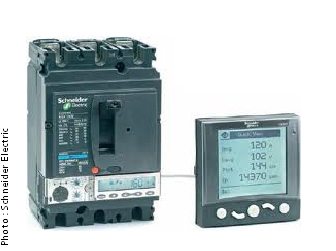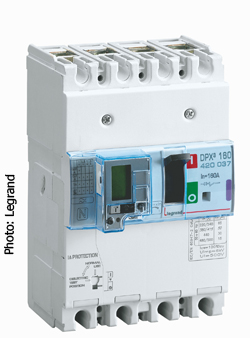
The power of Internet Protocol
Internet Protocol (IP) is certainly the cornerstone of this convergence. It permits to attribute to any device a precise and single address and connect it to the network in order to exchange data. Very widespread at the beginning in data transmission on Ethernet network in IT, it has been deployed then to telephone transmissions with the IPBX. The novelty now is the transition from proprietary protocols to Internet Protocol on twisted pair for building automation services.
Electrical switchboard connected to the networks

Structured cabling assets
Equipped with a single RJ45 connector, structured cabling allows currently up to 10 gigabits/s of throughputs and more for applications that need a stronger volume of data transfer (such as video). But today, most applications work perfectly with existing lower transfer capacities.
Moreover, we must underline the way in which cabling is now distributed in the building. The goal for the future: making this more modular, denser, and preconfigured to be used as an interface with all types of IP equipments.
Power over Ethernet (PoE): Power supply through a twisted pair
Twisted pair cabling, dedicated to data exchange, allows conveying a power of 24W under 48V, delivered to the connected equipment. All included in the single RJ45 connector. Named PoE (Power over Ethernet), this technology is already being prepared for stronger power, but probably won’t exceed 100W.
Main interest: to avoid installation of an extra power line to supply devices connected to the network, in particular when it is distant from a power plug (camera, sensor…). This electrical supply principle could influence the layout and the number of electrical distribution circuits. It is also interesting to note that the data network switching bay becomes a compulsory “passage” for those power supplies, and must integrate power injection units on these twisted pairs.
“Thank you for sharing your knowledge… Electrical switchboard opens up to communications networks
it’s awesome… “
Thank you very much abut this information
this is great, thanks for useful information on this new subject! For all electrical service providers there is a software solution that could help you to keep up with the standards: http://fieldskill.co/industries/electrical-contracting-field-service-software/